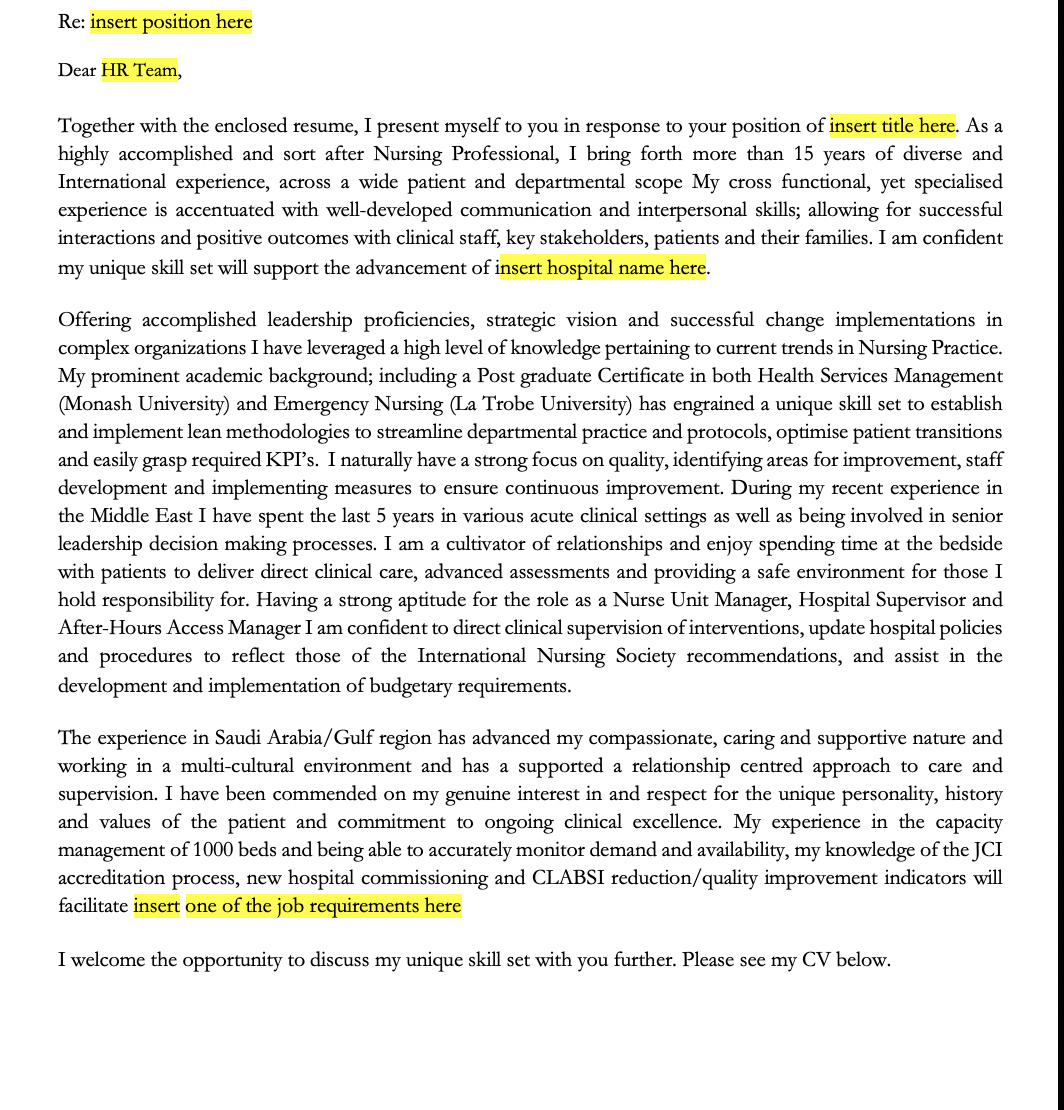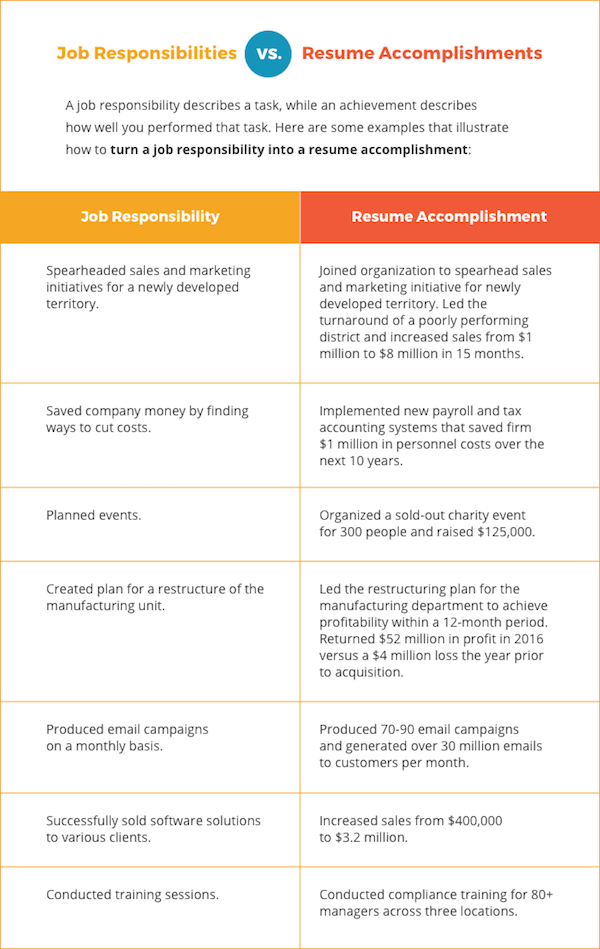Time management is one of the most rewarding skills that will take you far in your life — both personal and professional. If you aren’t managing your time effectively, sooner or later you would enter into the state of pandemonium. Time, being such a crucial aspect of life, deserves to be treated in the most respectful manner. Only if we learn to master the art of time management, our life would experience a positive change.
To take hold of every single minute in your life, you must know what is effective time management and how to manage time. Find out more with Impressive CV.
What is time management?
Time management is the coordination of tasks and activities to maximize the effectiveness of an individual’s efforts. Essentially, time management is enabling people to get more and better work done in less time.
Why is time management important?
Learning the art of time management could yield a positive impact especially on your professional life — where most of us suck at giving due time to each and every task. So, let’s take a brief look at the benefits it offers:
Better task management
Higher productivity
No stress levels
Better work-life balance
On the contrary, if you are unable to manage your time effectively you could experience undesirable consequences such as:
Missed deadlines
Poor work quality
Higher stress levels
Work imbalance
Lead to a burnout
With effective time management, employees can easily manage their hours to the best effect. When things go as per the plan, employees tend to be more creative, happier, and less prone to burnout at work. Thus, it makes sense to take some time out to learn about time management tips and techniques to benefit your career.
Time management tips at work to achieve your goals:
1. Wake up early — Make your day longer
All of us get 24 hours in a day. Though it’s not possible to change the number of hours in a day you can definitely try waking up a little earlier and make your day longer than others. Ideally, your body requires 6–8 hours of sleep to be at your optimum energy levels.
Start with setting up your alarm 15 minutes earlier than before and increase the time frame with the course of time. You can use this additional time to exercise, meditate, prioritize, or even to pursue a hobby. Gradually you’ll increase your daily productivity and time management will never be a trouble.
2. Set SMART goals — Don’t just wish, do
Do you know that there is a right and wrong way to set goals? When your goals are not reaping benefits, something is missing or lacking in your approach. Whereas if you set goals the right way, your productivity could reach the sky.
Set goals that are S.M.A.R.T. — Specific, Measurable, Achievable, Realistic, and Time-bound. These goals would bring a solid structure to your work life and prepare you for what’s in store for you today.
3. Keep mornings for MITs — Most important tasks
Mark Twain once said, “Eat a live frog every morning and nothing worse will happen to you for the rest of the day.” His point is to tackle the most important task as the first thing in the morning. And, if you have two or more frogs to eat, eat the biggest one first. Time management and prioritisation both go hand in hand. You can manage your time effectively only when you know what is supposed to be done when. The point is to take up a hard or time-consuming task, accomplish it, and focus on other things.
4. Discover your zone
You must have noticed that at specific hours you are as focused as an eagle and your productivity shoots up like anything. It happens when your mind is in complete harmony with the external conditions. Some call it ‘flow’ while others refer to it as their ‘zone’.
Discovering your flow or zone can directly contribute to the right utilization of your time. It helps you reach an optimal state of consciousness when you feel and perform your best.
5. Block distractions — Get them out of your life
Emails, phone calls, and social media messages are some of the common yet biggest distractions at the workplace. So much so, that you end up wasting 759 hours each year due to workplace distractions. All thanks to these distractions that a task that requires 60 minutes takes more than 3 hours to be accomplished.
Whenever you are working on high-priority tasks, put that phone in silent mode and turning data off. You would end up saving a lot of time and take your efficiency levels a notch higher.
6. Find a good time tracking software -
One of the easiest ways to keep track of every minute being spent at work is by employing a time management software. These time tracking software is designed to set time estimates, track time spent on tasks, and maintain a record of every minute you spend while working on tasks.
For example, if you are working on a project, you can set a time estimate for each task and subtask to manage your time efficiently. You can try time management software like ProofHub to manage your projects and time efficiently.
About ProofHub’s Time Tracking Feature:
ProofHub is one solution to tracking time for effective time management. It is a time tracking software that will bring all your time data in one place. What can you do?
Multiple timesheets can be added to record time data, which can be used for payroll, client billing, tracking, and even time management.
When you set time estimates, it is a good way to time management as you can define how much time it should take to get work done. You’ll have a clear indication if the time taken exceeds the estimated time.
You can enter taken to get work done and track manually time spent for billable or non-billable hours.
Start and pause timers when you switch between what you’re working and save it in timesheets.
7. No multitasking — Quality over quantity
If you pride yourself on juggling too many tasks at once, here’s news for you. Research suggests that only 2% of people can multitask effectively. For the remaining 98% of people, multitasking is actually wasting their time and lessening their overall productivity.
Instead of dividing your attention into three different things, it’s better to focus entirely on one thing and marvel at it. To make it more effective, try timeboxing them. It refers to the act of allocating a time-frame for every task which in return, increases the likelihood of its successful completion.
8. Take small breaks frequently — refresh and rejuvenate
It may sound counterintuitive but breaks are one of the effective time management strategies. How? Let’s assume two scenarios. In the first scenario, picture a team member working on a task for 5–7 hours at a stretch. And, another team member is working on the same task with frequent small breaks. Who do you think is using his time effectively? Of course, the later.
Smart time management isn’t always about doing something or the other. It also emphasises on the fact that little breaks after an hour or so can take your productivity to another level.
9. Find inspiration — quotes, videos, audiobooks
Following a to-do list or a specific pattern can be boring. It’s hard to concentrate at work when you aren’t fully motivated. Instead of wasting that time doing something unproductive, utilise it to inspire yourself.
Tape those cliched time-management quotes around your desk. Watch motivational or TEDx videos or listen to audiobooks talking about time management tips at work. Or, just go for a small walk.
We are familiar with the procrastination phenomena in which you either do nothing at all or engage in useless activities. The chronic procrastinators get an unusual high in putting important things for later and when it is too late, they start panicking. Don’t let procrastination take over your life and let it become a part of your lifestyle.
The best way to deal with procrastination is to break your work into a number of tasks. It not only makes it doable but also gives you a starting point to begin work. Also, try making detailed timelines that give you an exact idea of deadlines. When you surround yourself with people who take action and crush goals instantly, you automatically imbibe such habits and become more proactive with work.
10. Sleep at least 7–8 hours
Sleep is a detrimental factor that could affect many things both positively and negatively. When you get a sound sleep for six to eight hours, not only you feel fresh and rejuvenated but it also contributes to a healthy lifestyle. On the contrary, when you don’t get enough sleep, you are also increasing disease risks such as diabetes, obstructive sleep apnea, obesity, and more.
The human mind and body make better decisions and perform more efficiently when they are well-rested. You can decide quickly what to do when and how. Develop a schedule for your sleep and stick to it every day. Try going to bed and waking up at the same time. There are many applications such as Calm, Sleep Cycle that tracks your sleeping patterns, help you get a sound sleep, and wakes you up as a more focused individual.
11. Do less but impactful
It’s never a good idea to take up more than you can handle. High achievers and great performers all over the world do less but better. When you prioritize tasks, it gives you clarity and direction so that you can start working on things, save time, and be more productive.
The next time you find it difficult to manage time, take a deep breath and take up a single task, complete it, and start another without stressing yourself too much.
12. Use an online calendar
One of the greatest time management tips for managers is to start using an online calendar. Long before, calendars have been used as a fundamental tool to manage time. With the advent of online calendars, one can easily manage his/her schedule, mark important dates and events, set up reminders, create time blocks, and whatnot.
The best part is that online calendars can be integrated with third-party applications and can be accessed from multiple devices. There are plenty of options to choose from such as Google Calendar, Outlook Calendar, Apple Calendar

![Settling the Difference between “Digital Transformation, “Digitalization”, and “Digitization” [SOLVED]](https://images.squarespace-cdn.com/content/v1/5ccc4fc992441b0bec3fb03c/1650602045603-1KXG8C8QP5H65MOWC205/unsplash-image--uHVRvDr7pg.jpg)











































